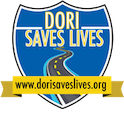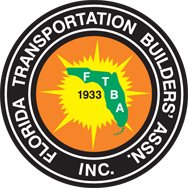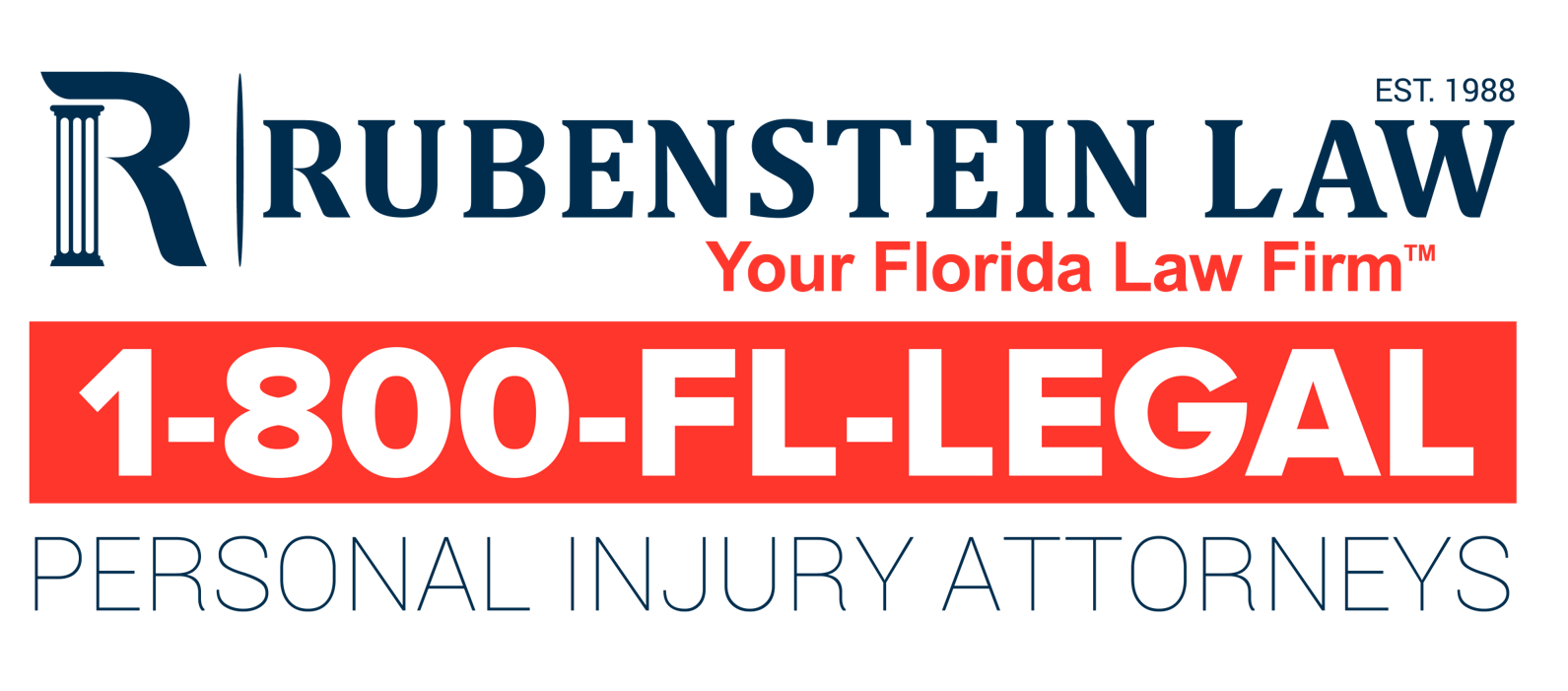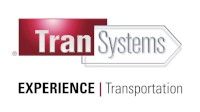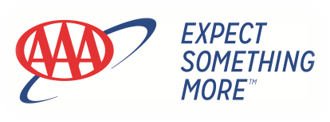Seat Belts
Tragically, seat belt use is lowest among teen drivers. In fact, the majority of teenagers involved in fatal crashes are unbuckled. In 2016, a total of 818 teen (15- to 18-year-old) drivers and 569 passengers died in passenger vehicles driven by teen drivers, and 58 percent of those passengers were NOT wearing their seat belts at the time of the fatal crash. As teens start driving and gradually gain independence, they don't always make the smartest decisions regarding their safety. They may think they are invincible, that they don't need seat belts. They may have a false notion that they have the right to choose whether or not to buckle up.
What Can You Do?
- Let them know: Not only is buckling up the law, it's also one of the easiest and most effective actions in reducing the chances of death and injury in a crash. Help your teen understand why seat belts are so important (most importantly, because seat belts prevent ejection from a vehicle), and that they must be worn in the front seat and the back seat, every trip, every time. Talk to your teen about the seat belt laws in your State. Tell your teen that it's dangerous and reckless to ride in a car unbuckled. Make them aware of the consequences of not buckling up: tickets, loss of driving privileges, injury, or even death in the event of a crash.
- Set the example: One of the best things you can do as a parent and role model is to always wear your seat belt in the car. Children who grow up watching their parents buckle up are more likely to buckle up when they become drivers. And, before you ever pull out of the driveway, ensure all passengers are buckled to further impress upon your teen the importance of buckling up.
- Remind Them: This isn't a one-time conversation, it's an ongoing effort. Ask your teen often about wearing a seat belt, and give simple reminders from time to time. Something as simple as a sticky note in the car can be a helpful visual reminder to your teen driver. Your teen should buckle up every trip, as the driver, as a passenger, in the front seat, and in the back.
